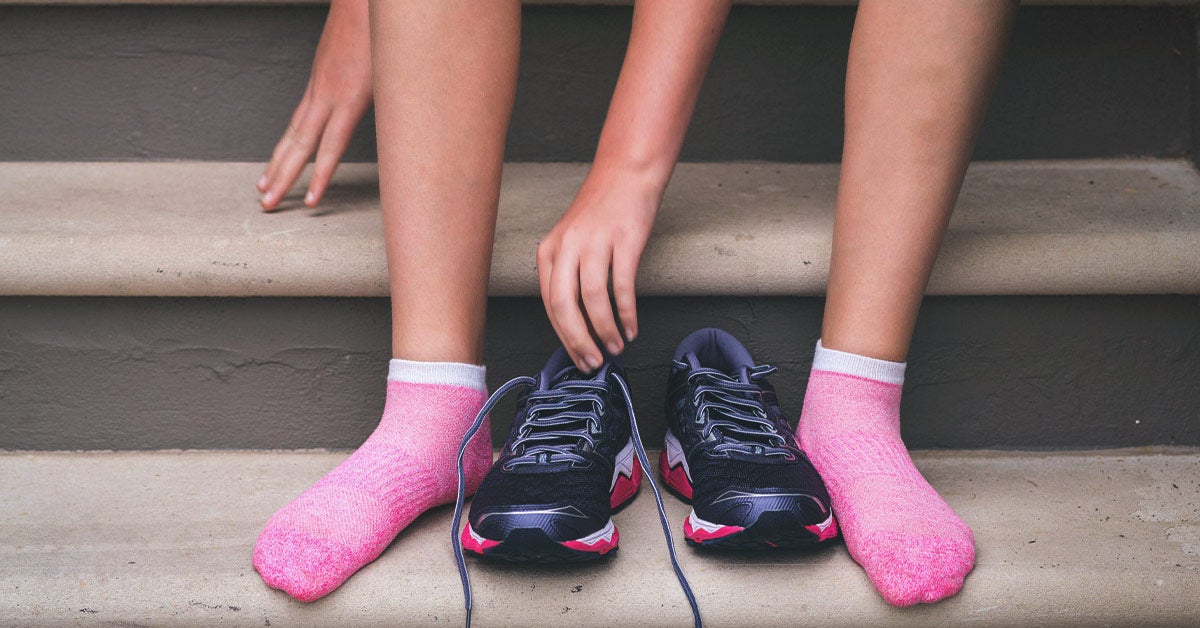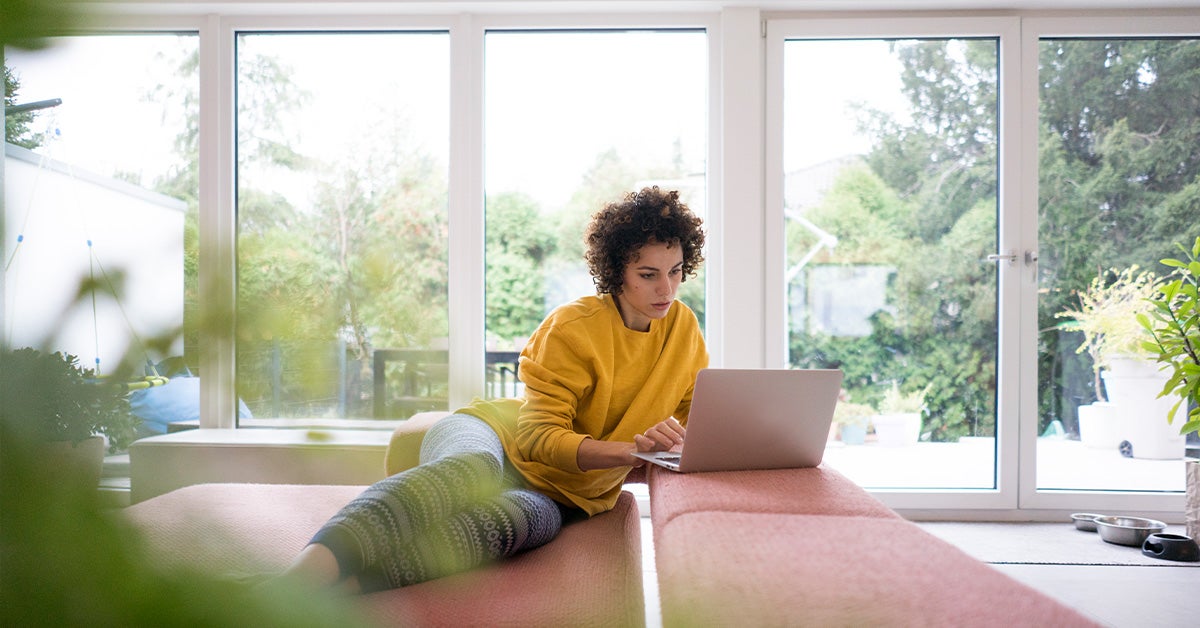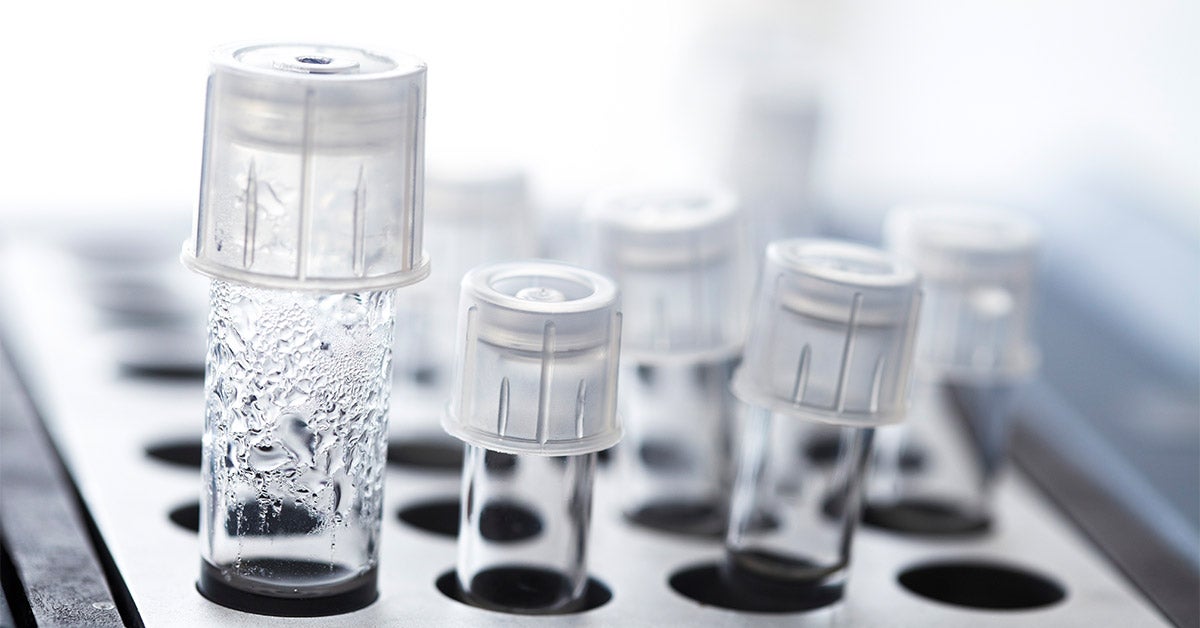How to Stretch Your Inner Thighs: Benefits and Examples of Stretches

You use the muscles in your inner thigh and groin area more often than you might think. Every time you walk, turn, or bend, these muscles play a key role in keeping you balanced, stable, and moving safely.
The inner thigh muscles are called the adductors. They're made up of five different muscles. These muscles are attached to your pelvic (hip) bone and femur, or upper leg bone.
Besides helping you move safely, your adductors are also crucial to stabilizing your hips, knees, low back, and core.
In this article, we'll take a closer look at why it's important to pay attention to these muscles when you stretch. And if you want examples of effective, easy stretches, we have those, too.
According to the American Council on Exercise, including inner thigh stretches in your workout routine or when your muscles feel tight may help:
- ease muscle tension in your legs and groin
- improve flexibility
- increase your leg muscles' range of motion
- prevent muscle strains, tears, and other injuries
- increase circulation to your groin
- help reduce post-workout aches and pains
- boost your athletic performance
- improve your balance and posture
Researchers agree that a combination of dynamic and static stretching is most useful for improving flexibility, boosting athletic performance, and preventing injury.
Fitness experts recommend doing dynamic stretches before you start exercising. A dynamic stretch is a type of targeted warm-up. It prepares your body for exercise by mimicking the motion of your planned activity.
Dynamic stretches also help increase your body temperature and blood flow, and get your muscles ready to work. This can help prevent injuries, like a muscle strain or tear.
Static stretches, on the other hand, are most beneficial when they're done after a workout. These are stretches that you hold in place for a period of time, without any movement. They allow your muscles to relax and loosen up while increasing flexibility and range of motion.
Research has shown that static stretches tend to be less effective if they're done without a warm-up, or dynamic stretching.
Before you start exercising, or if your groin muscles feel tight, spend about five minutes doing dynamic stretches. These stretches can help warm up your muscles and get them ready to move safely.
Leg swings
This simple dynamic stretch involves standing in one spot while you swing your legs as part of a warm-up. It targets your inner thighs, hips, and glutes.
- Stand with your feet shoulder-width apart.
- Lift your right leg off the ground, and keep your weight on the heel of your left foot.
- Hold onto a wall or chair for support if you need to.
- Starting slowly, swing your right leg like a pendulum from side to side. Try to avoid twisting your torso too much.
- As your muscles start to loosen up, you can pick up the pace and swing your leg out further with each move.
- Perform 20 times on each leg.
Crossover stretch
If you enjoy dancing, this move should come naturally as it's similar to the 'grapevine' dance move.
- Start with your feet together, then step to the left with your left foot.
- Cross your right foot in front of your left leg.
- Step to the left again with your left foot, and bring your right foot to join your left foot.
- Once both your feet are together, repeat in the other direction.
- You can start slowly, but pick up the pace as you get used to the move.
- Try to continue for at least 2 to 3 minutes.
The following inner thigh stretches can be done at the end of your workout to boost flexibility and range of motion, and to help your muscles relax after working out.
Butterfly stretch
This stretch targets the muscles in your inner thighs, hips, and lower back.
- Sit on the ground, and place the soles of your feet together in front of you. Let your knees bend out to the sides.
- Place your hands on your feet as you pull your heels toward you.
- Keep your back straight and your abs engaged as you let your knees relax and inch closer to the floor. You'll feel slight pressure on your groin muscles.
- Breathe deeply and hold this position for 15 to 30 seconds.
- Repeat 3 times. Move your feet closer to your groin for a more intense stretch.
Lateral squat
- Stand up and place your feet double shoulder-width apart.
- Shift your weight to your right leg, bend your right knee, and push your hips back as if you're going to sit down.
- Drop as low as possible while keeping your left leg straight.
- Keep your chest up and your weight on your right leg.
- Breathe deeply and hold for 10 to 20 seconds before returning to the starting position.
- Repeat 3 to 4 times, then switch to the other side.
Reclining angle bound pose
This relaxing stretch can help relieve muscle tension in your hips and groin. It's an especially good stretch if you spend most of your day sitting.
- Lie down flat on your back.
- Bend your knees and move your soles inward so that they're touching.
- Move your knees down toward the floor so that you feel your groin muscles stretching.
- Breathe deeply and hold this position for 20 to 30 seconds.
- Repeat 3 times. Try to move your feet closer to your buttocks with each stretch.
To stay safe while stretching, keep these tips in mind:
- Don't bounce. Sudden, jerky, or bouncy movements can injure or tear the muscles.
- Start slowly. Don't try to do too much too quickly. Start with a few stretches, and add more as you gain more flexibility.
- Don't forget to breathe. Breathing helps relieve stress and tension in your muscles, and it can help you hold a stretch for longer.
- Don't push beyond what's comfortable. Some discomfort is normal, but you shouldn't feel any pain when you're stretching. Stop right away if you feel sharp or sudden pain.
You should also see a doctor if you experience intense pain that gets worse when you walk or sit, or that makes it hard to move your legs.
Your inner thigh muscles, also known as the adductors, play an important role in keeping you balanced, stable, and moving safely. They're also crucial to stabilizing your hips, knees, low back, and core.
The best way to keep these muscles relaxed and flexible is by including dynamic stretches in your warm-up and static stretches in your cooldown routine. Stretching your adductors regularly can improve your flexibility and performance, and also prevent injury and stiffness.
Talk to your doctor if you have any concerns about stretching, especially if you have an injury or medical condition.
-
 6 interesting genetic traits that children will inherit from their parents
6 interesting genetic traits that children will inherit from their parents
-
 7 effects of asparagus on child development
7 effects of asparagus on child development
-
 Does cutting blood hair for babies bring good luck?
Does cutting blood hair for babies bring good luck?
-
 The more babies eat, the higher the height they develop, especially the second kind
The more babies eat, the higher the height they develop, especially the second kind
-
 Children with chicken pox should eat to quickly recover from the disease, without leaving a deep scar?
Children with chicken pox should eat to quickly recover from the disease, without leaving a deep scar?
-
 The more food is cooked, the better it can be for health, especially the second type
The more food is cooked, the better it can be for health, especially the second type
-
 Pinched Nerve in Your Foot: Symptoms, Causes, and Treatment Options
Pinched Nerve in Your Foot: Symptoms, Causes, and Treatment Options
-
 13 Free-Bleeding FAQs: What Counts, Why People Do It, How to Try, More
13 Free-Bleeding FAQs: What Counts, Why People Do It, How to Try, More
-
 First Trimester Bleeding: Causes and Treatment
First Trimester Bleeding: Causes and Treatment
-
 In Vivo vs. In Vitro: Definition, Examples, and More
In Vivo vs. In Vitro: Definition, Examples, and More
-
 Why Some People Need Medicine and Self-Care to Cope with Anxiety
Why Some People Need Medicine and Self-Care to Cope with Anxiety
-
 5 Food Swaps to Try If You Want Healthier Skin
5 Food Swaps to Try If You Want Healthier Skin































